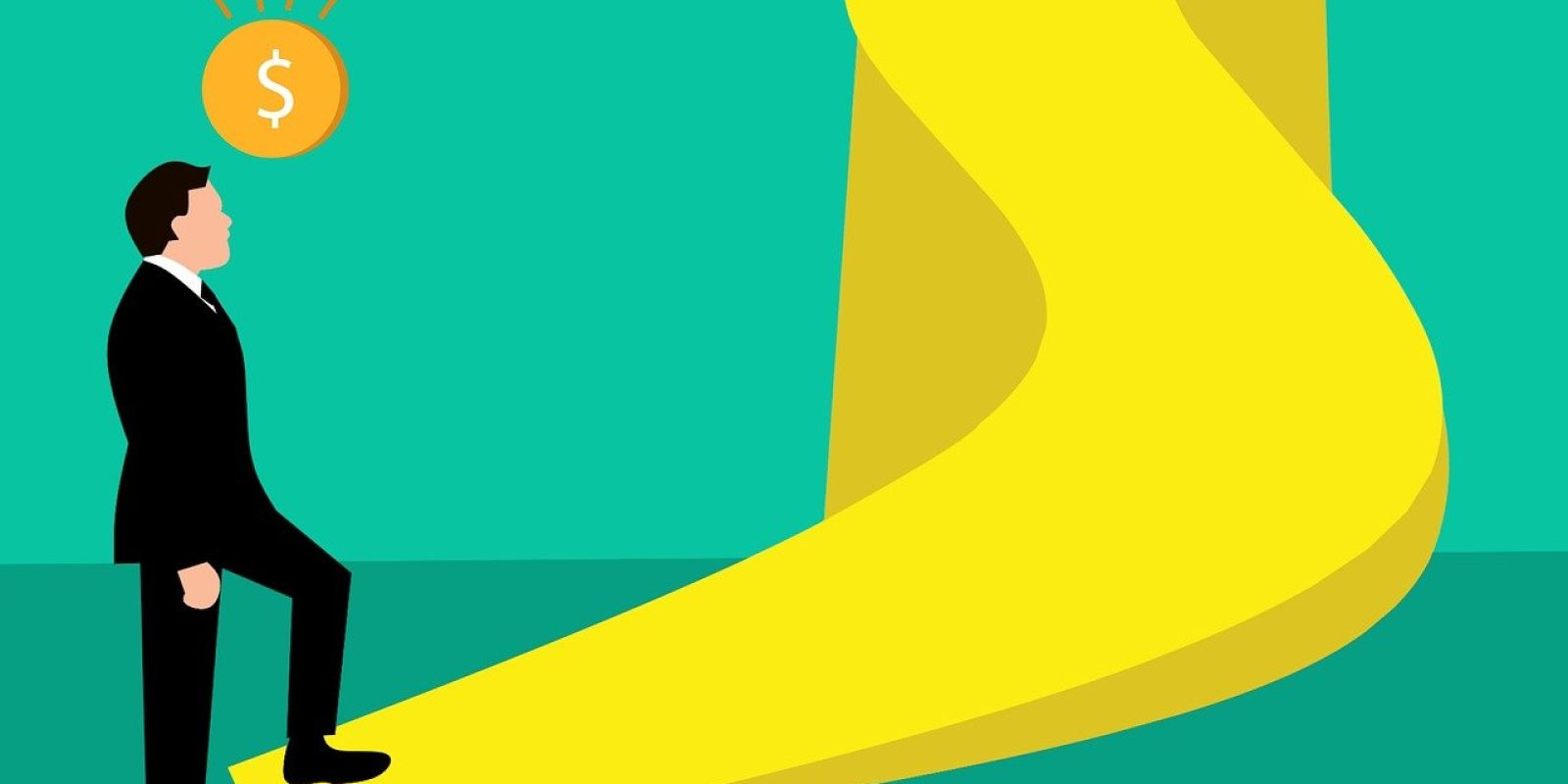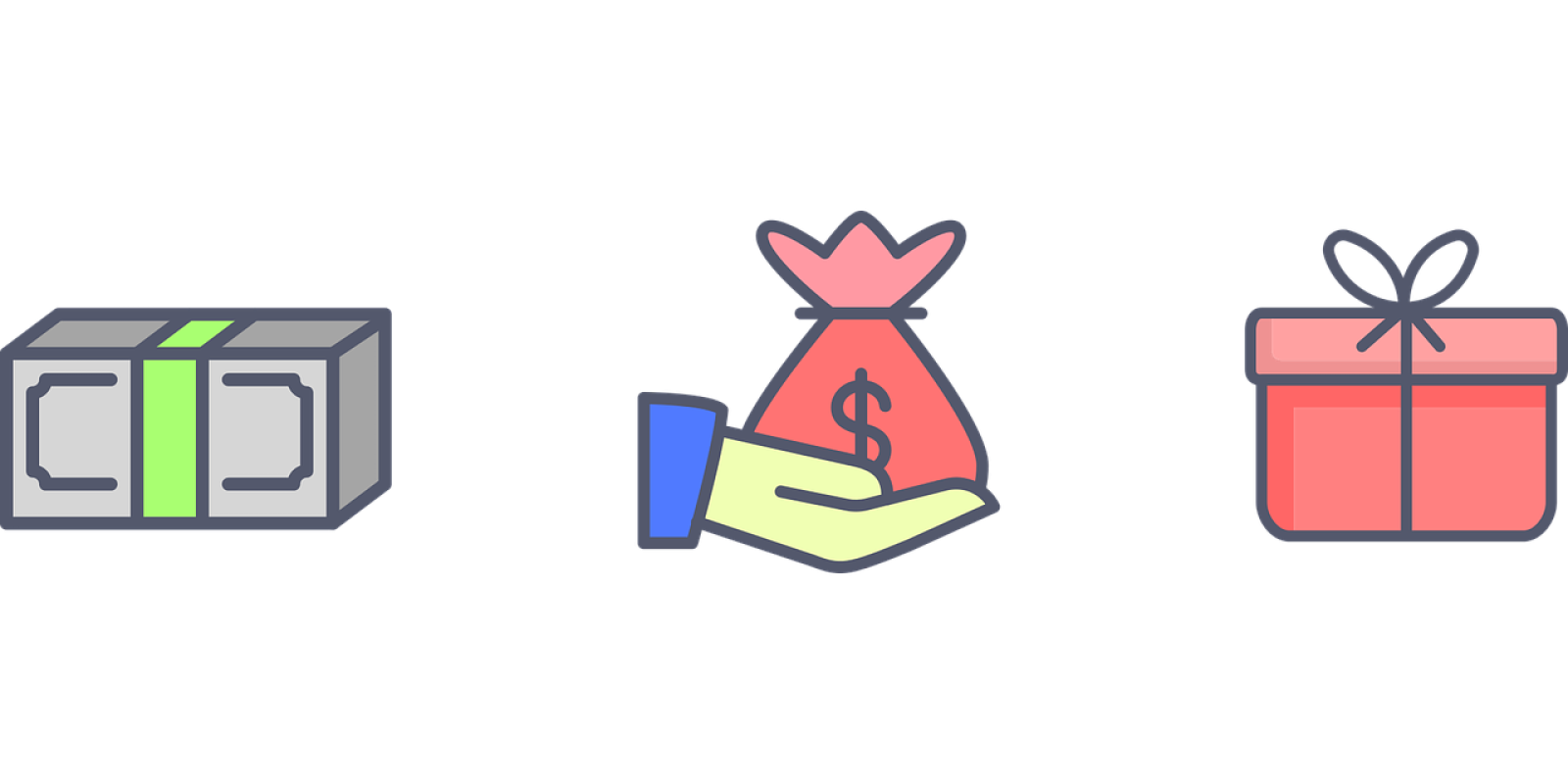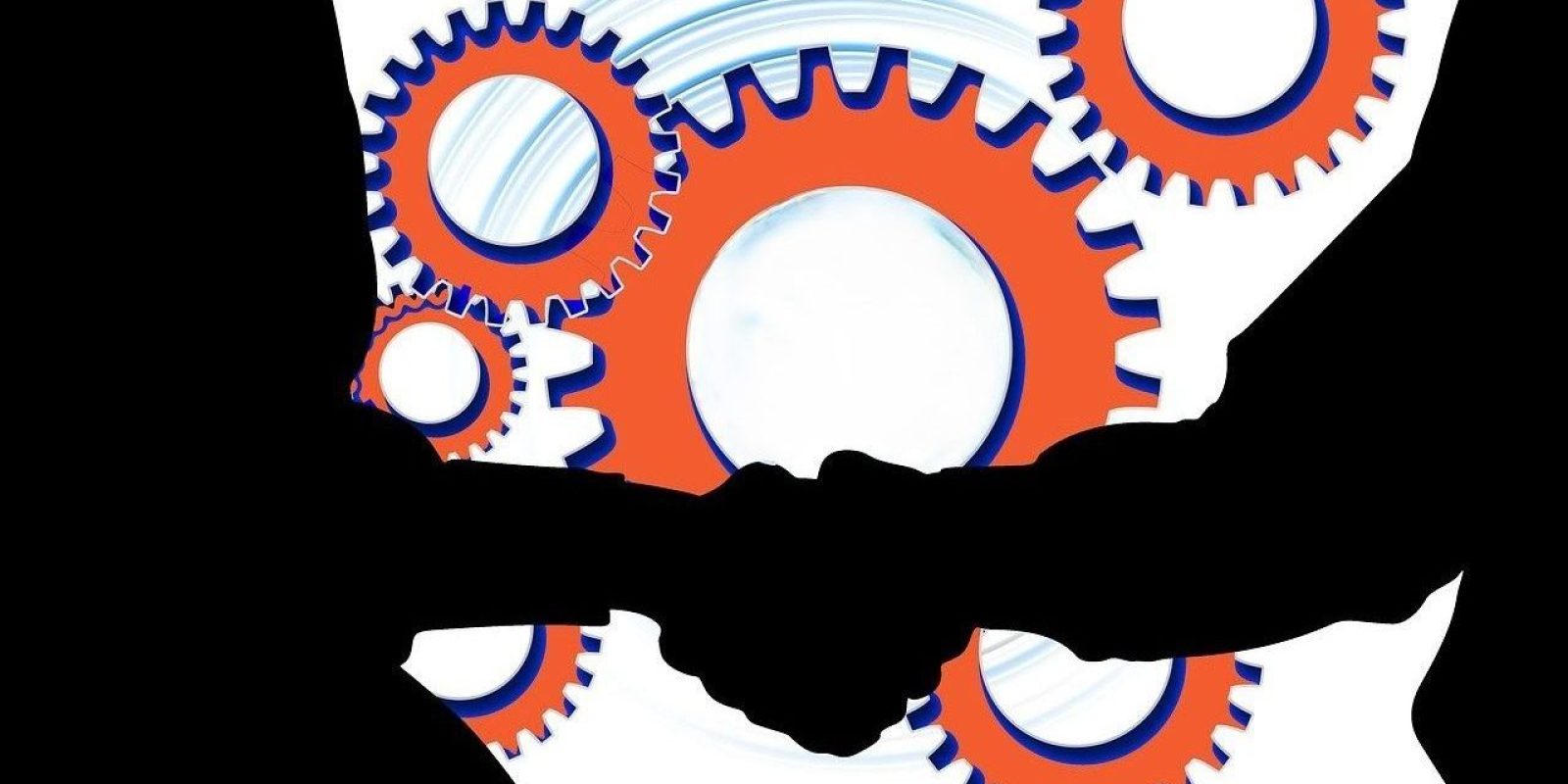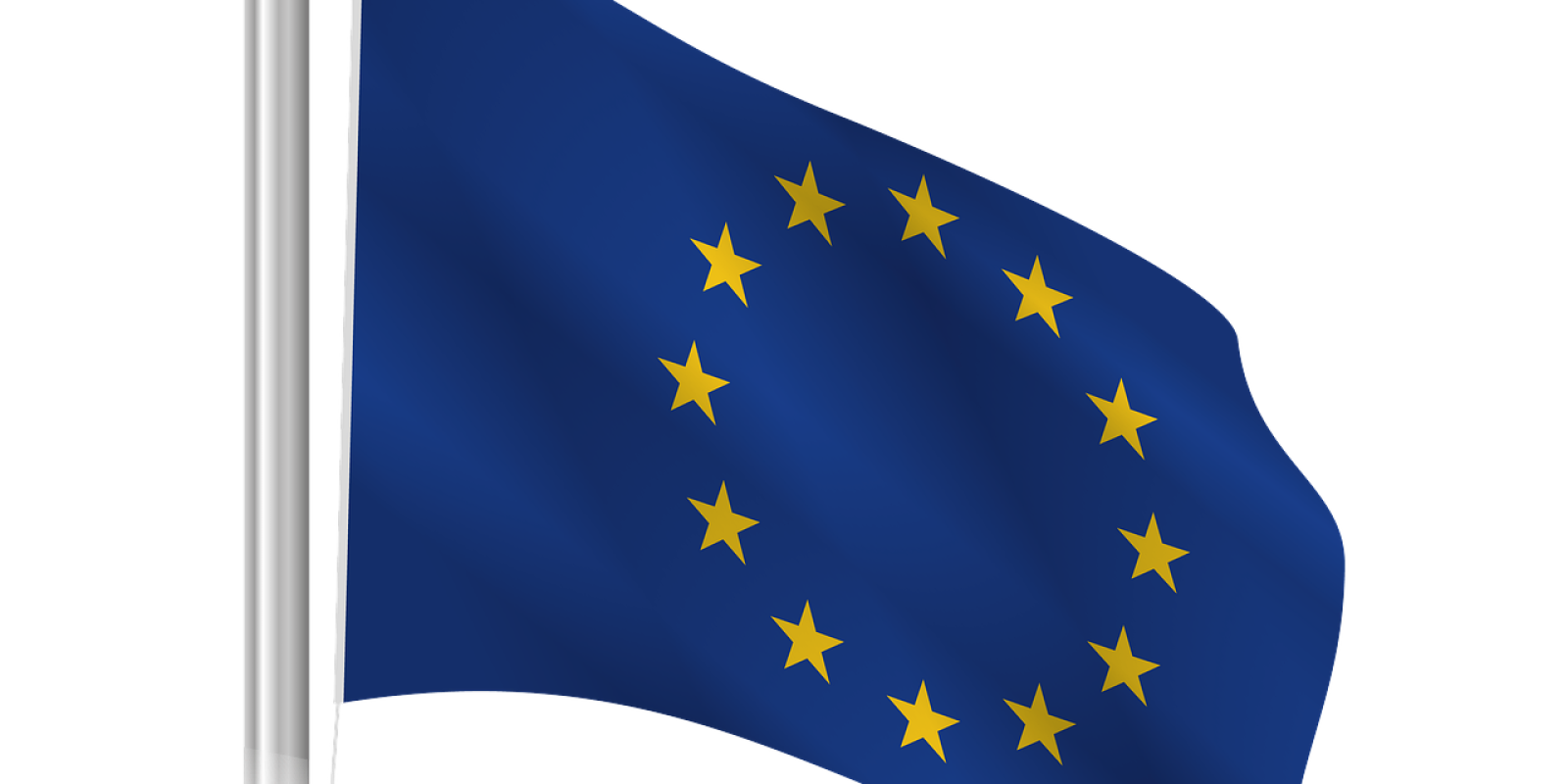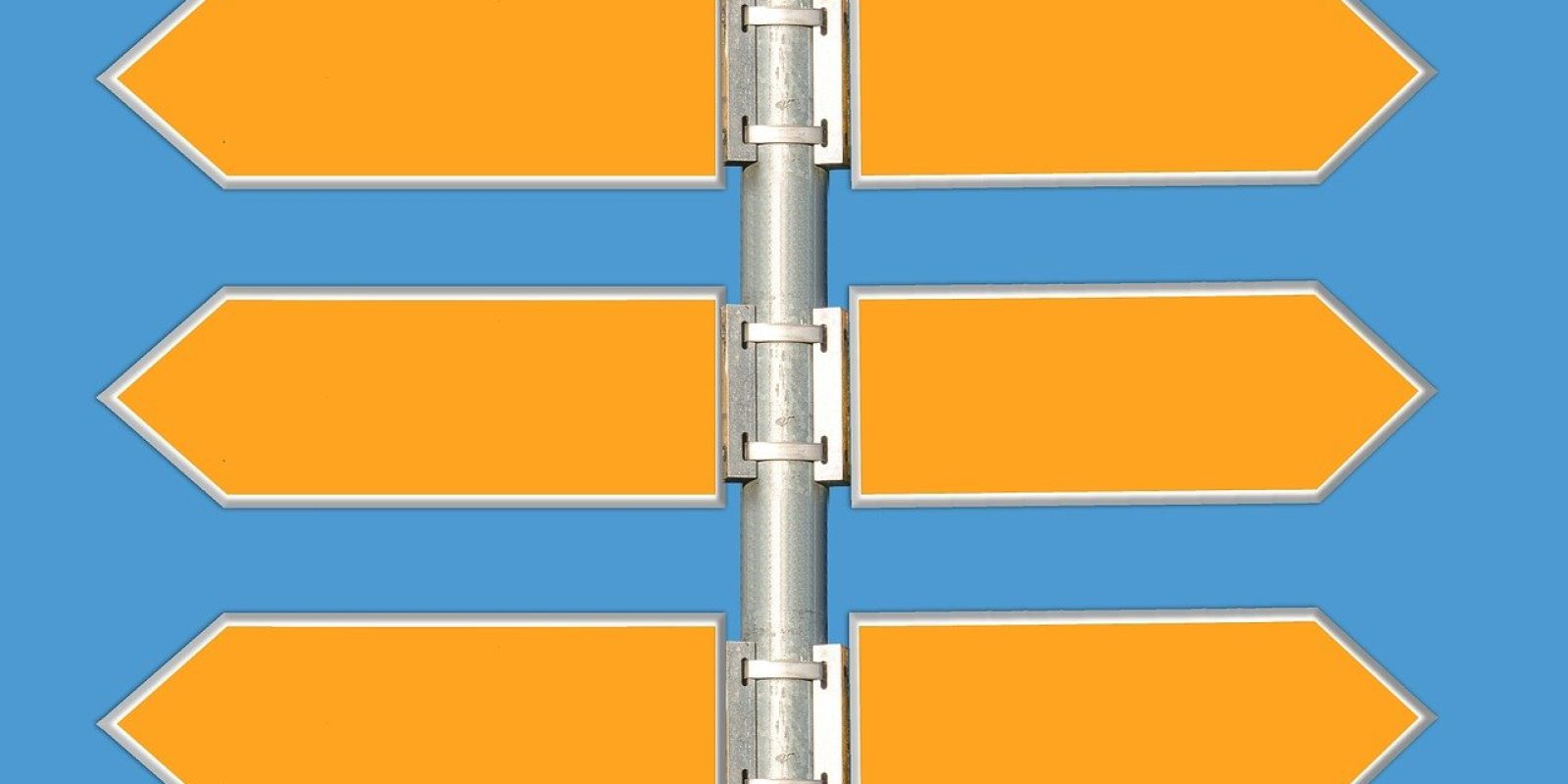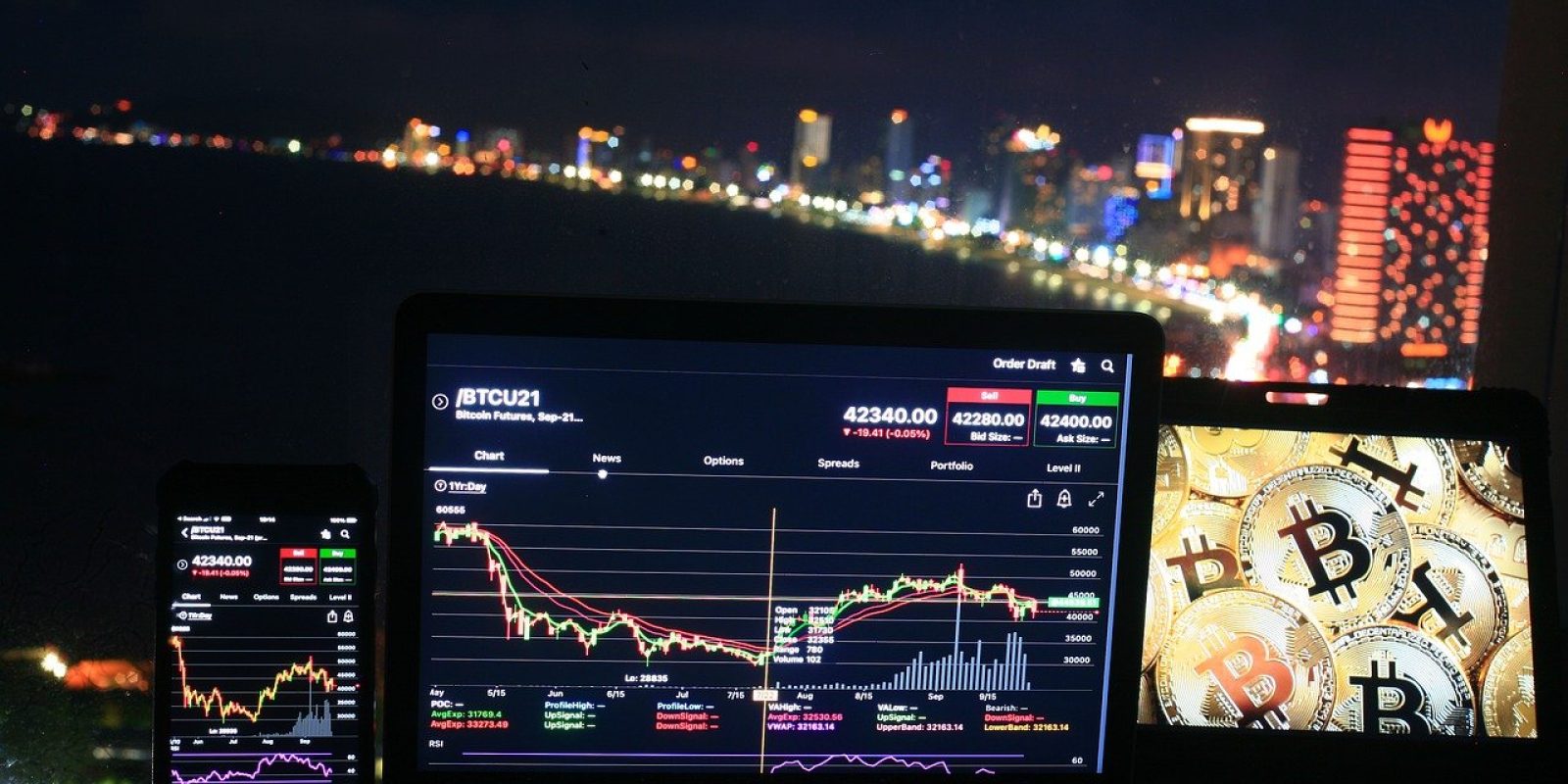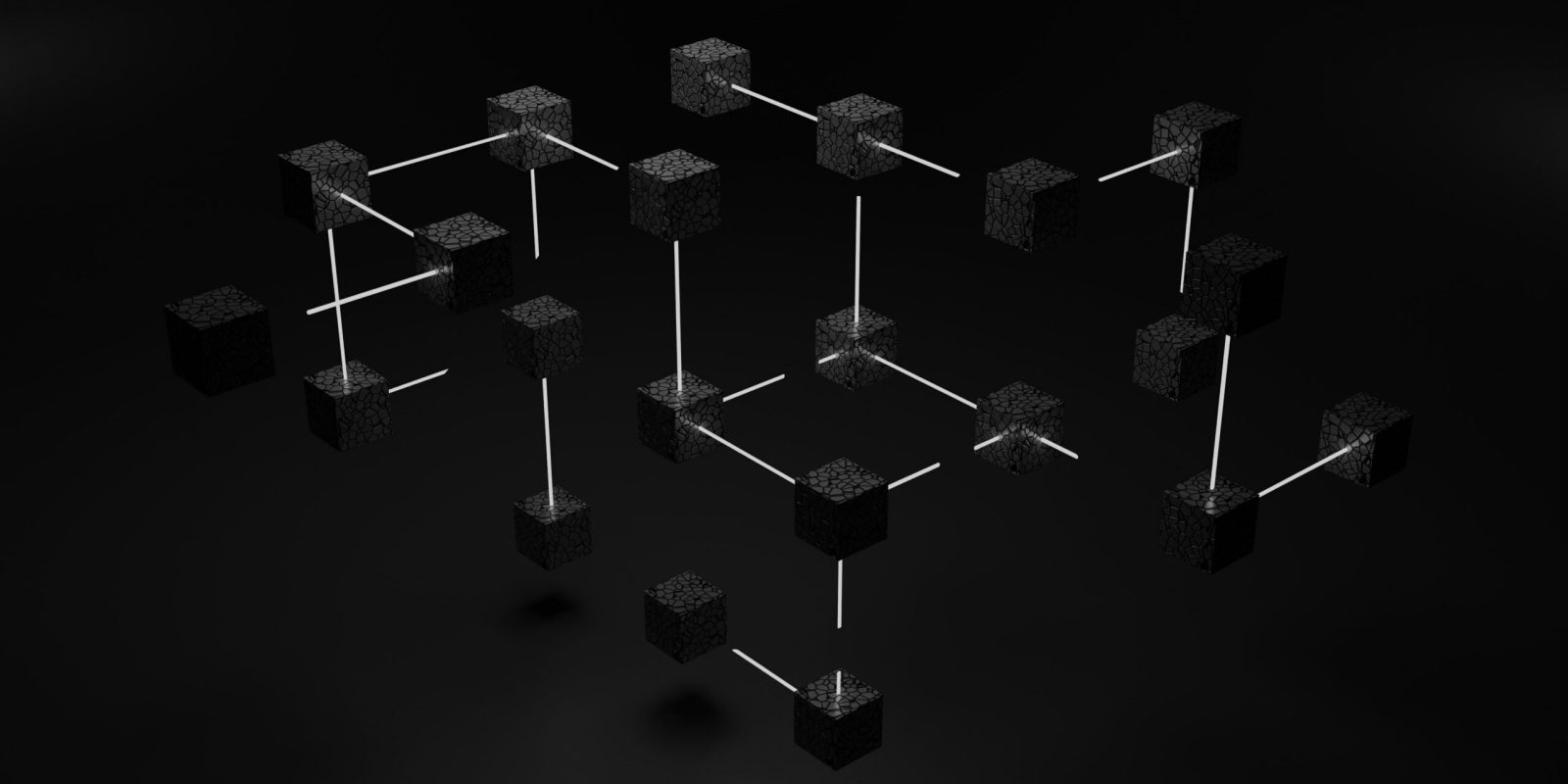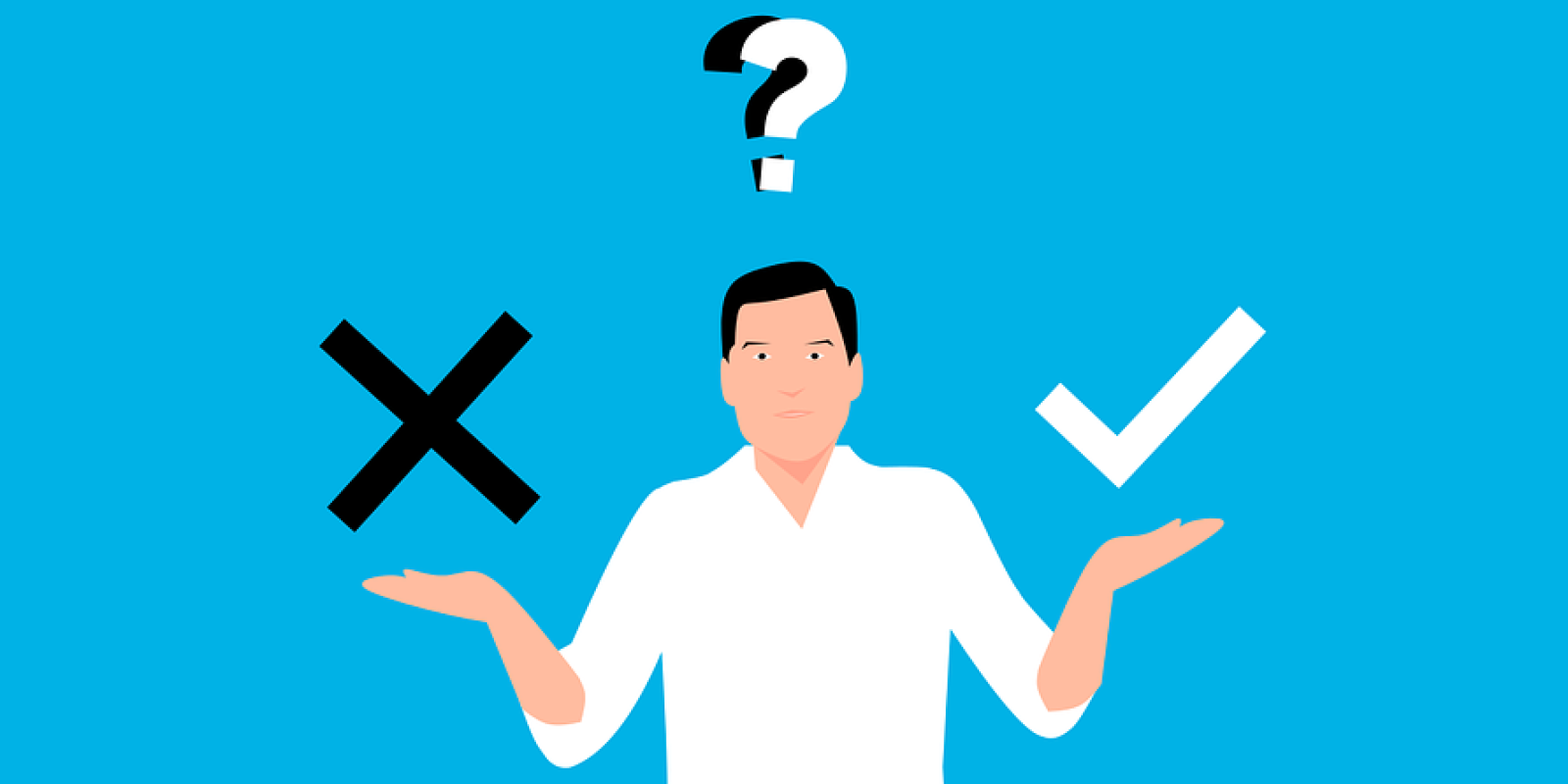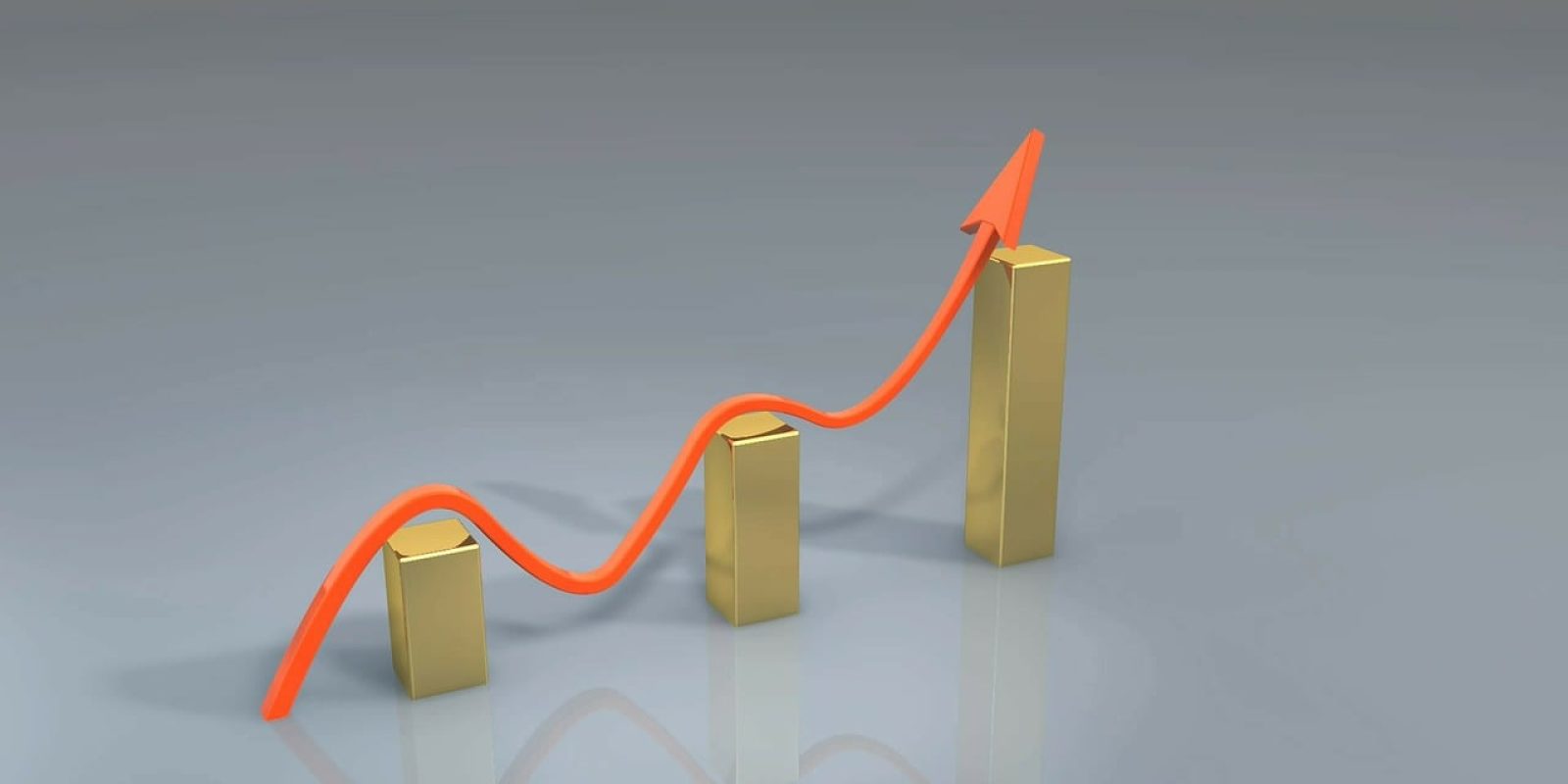- When you should do reward crowdfunding
- Where and how?
- Tech Reward Crowdfunding: examples
- Videogame Reward Crowdfunding: examples
- More examples of success
- Want to learn more directly with our crowdfunding experts about the topic you are reading about?
- Do you need support in preparing a successful crowdfunding campaign and seeking potential investors for your project?
Reward crowdfunding is a way of raising capital that offers the public a product to be financed and in return offers the product itself on favorable terms or in forms exclusive to the one with which it will be officially launched on the market. Learn all about reward crowdfunding.
In this article we will focus on practical examples of reward crowdfunding campaigns, to understand in what cases this type of capital raising is useful and what strategies are successful.
When you should do reward crowdfunding
Due to its mechanism of operation, reward crowdfunding is mainly useful for the following types of activities:
- Companies that make products
- Artists
- Game and video game creators.
In fact, the involvement of supporters is based on the opportunity to receive something tangible in return for financial support: a company offering services would find it difficult to build an attractive reward crowdfunding campaign. It is not impossible, but there are other more suitable ways of raising capital.
The reward, in fact, is a concrete object related to the product to be financed, for example:
- The product itself in advance and limited edition
- A gadget or accessory related to the product
- A customization of the product
- For art productions, an autographed copy of the book, a numbered print, etc.
Reward crowdfunding can be useful at different stages in the life of a company or product, for different purposes, for example:
- Doing a market test to launch an innovative product from scratch
- Entering a new market with an existing product
- Create a new version of an existing product
- Doing marketing to change or shape the positioning of a product or brand itself
- Raising capital to finance prototype development.
Where and how?
The platforms on which it is possible to launch a reward-type campaign are many, but the most famous and used are few: Indiegogo and Kickstarter above all. In Italy, they are joined by Produzioni dal Basso, the first crowdfunding platform born in this country.
Each platform has its own rules, but they are very similar to each other: find all the details in the article dedicated to reward crowdfunding platforms.
We now come to the best way to learn how to do reward crowdfunding: examples of those who have succeeded, with their strengths and strategies adopted. While it is true that reward is an extremely variable element depending on the type of product, target audience and brand, and personal creativity, it is also true that the experiences of third parties can be a valuable source of inspiration and that there are marketing elements that cannot be missing from any crowdfunding strategy.
Tech Reward Crowdfunding: examples
One of the fields in which reward crowdfunding has considerable popularity is in technology products. The reasons?
- High rate of innovation
- The existence of niches of passionate and/or expert audiences
- The need to stand out from the mass of proposals
- The need to experiment with prototypes and gather feedback from end users.
Among the forerunners of reward crowdfunding in tech is Pebble Techology, a U.S.-based company that produced its first smartwatches back in 2013 by launching the first version on Kickstarter the year before. With multiple subsequent campaigns, the collection has grown to as much as $10 million. Thanks to online capital raising, Pebble was able to lay the groundwork for mass manufacturing and went on to sell 1 million units in 2014.
Pebble leveraged the novelty of the product, which implemented technology that had been talked about for some time but had not yet reached the mass market. With the reward crowdfunding campaign, Pebble was offering all tech enthusiasts to be on the cutting edge and be the first to get a smartwatch, at a discounted price compared to what it would come to market with.
So the main reward was a discount on the final price, which was greater for the first participants in the campaign (early bird), but for everyone there was also a customization of the product with engraving, and those who participated with a higher capital got more watches and extra accessories included.
Pebble then leveraged the community built on Kickstarter to launch and promote smartwatch models subsequent to the first one as well: it thus maximized the effort made to achieve that first result by nurturing the relationship with backers, who also enthusiastically participated in new campaigns and became loyal customers and promoters. Reward crowdfunding, thus, was transformed from a necessity to a marketing strategy.
Not just startups: even a large company like Philips in 2019 used reward crowdfunding to launch PicoPix Max, a portable wireless projector that can be used with any mobile device. The platform of choice was Indiegogo, and the projector was offered to backers at about half the official selling price, including accessories.
Philips focused precisely on the fact that it was already a well-known company, with the claim “From the Brand you Know and Love,” and flattered technology lovers with the opportunity to be the first to own an innovative object and to have access to exclusive contact with the company to provide feedback that would guide subsequent productions.
Philips could have easily followed its usual processes for commercializing the projector, but with the reward crowdfunding campaign it got thousands of early adopters ready to provide feedback and do word-of-mouth marketing and generated massive media exposure. Not only that, thanks to pre-sales, it was able to more efficiently structure its production and distribution processes and plan for subsequent production.
Want to learn more directly with our crowdfunding experts about the topic you are reading about?
Turbo Crowd can reveal to you all the tricks of the crowdfunding trade, explain the capital-raising opportunities available to you, and provide you with practical support to carry out a successful crowdfunding campaign.
Videogame Reward Crowdfunding: examples
The world of video games has some traits in common with the world of new technologies. Because of these traits and other peculiar elements, it is fertile ground for reward crowdfunding. In fact, video game fans represent niches of true fans of specific genres, strands or games, who value novelties, expansions, the chance to be the first to try a new game and to be protagonists in the discussion around it.
A dated but highly successful example is Divinity: Original Sin, a role-playing video game in the adventure/fantasy genre produced by Larian Studios as a prequel to the game Divine Divinity. The first version was funded in 2014 on Kickstarter, where it raised nearly $1 million.
The producers of the game created a series of materials (video, images, text) for promoting the campaign modeled on the graphics of the game itself, making the communication very engaging. Not only that, Larian Studios' strategy also insisted heavily on telling potential backers how the game could be enriched with the money raised, listing the professionals they would involve, the extra elements they would add, and the technical improvements that could be made.
The development of rewards has been closely linked to the game experience, proposing for campaign supporters additional characters, character customization, extra game objectives, special items to be used during missions, the chance to write game dialogues, etc.
The backers became, thus, part of the game itself. It was so successful that the production company decided to resort to reward crowdfunding for Divinity: Original Sin II as well, this time reaching $2 million in collections.
In the area of video games we also have an Italian example: Nightfell, developed by the Roman company Grim Moon Studio Srl and inspired by none other than Dungeons&Dragons. The campaign, launched on Kickstarter with a minimum goal of €20,000, exceeded €183,000 raised with just over 2,000 investors. The rewards started with a basic package offered with the minimum funding, which included digitally illustrated materials and extra objectives for the game, and then grew in direct proportion to the capital contributed, with illustrated books, gadgets, exclusive game expansions, etc.
The world of games has enormous imaginative potential that can also be tapped for a crowdfunding campaign. And we're not just talking about video games, but also board games: one of them all, Exploding Kittens has rocked Kickstarter, raising over $8 million with its comic-grotesque universe of lethal kittens. The game is very simple, but the ironic narrative and goliardic design, as well as the powerful leverage of the cats, have created huge engagement, so much so that the game is now even a Netflix TV series. Among the campaign's rewards, interesting examples include extra decks of cards, exclusive in that they are not found in any of the commercially available versions of the game, and copies of the game signed by the creators or with custom cards for each supporter.
More examples of success
Reward crowdfunding is not only a tool for raising capital for relatively niche products such as technology devices and games, but is also useful for more commonly used products
Two successful examples of this are the campaign of Spanish brand Hawkers and that of Italian startup Embru.
Hawkers is a remarkably popular sunglasses brand, which in 2015, when it had already built its brand reputation, launched a reward crowdfunding campaign to “change the sunglasses business forever,” offering low-cost but high-quality eyewear models and explicitly pitting itself against the big sunglasses manufacturers. Placing this claim within a crowdfunding campaign was a perfect marketing move to position itself as the affordable sunglasses brand for the “crowd”. The campaign gave people the chance to buy a pair of glasses from the new line in previews and starting at only 1 euro. For supporters who contributed €1,000 there was a special reward: their name would be used for an eyewear model from the new collection.
Embru, on the other hand, is a Sicilian startup that owns the high-end watch brand Bencler Watches, now renamed Bramier. In 2023, it successfully concluded a reward crowdfunding campaign on Kickstarter to launch the Rocks Diver model, offering early bird backers a 44 percent discount from the watch's official marketing price and later backers a gradually lower discount. The most generous backers could also get accessories for the watch. We have seen different shades of reward crowdfunding: examples that show how this type of capital raising is suitable for startups as well as large companies, innovative products as well as more traditional ones. The key is to communicate with the right target audience and to study challenging rewards.
Do you need support in preparing a successful crowdfunding campaign and seeking potential investors for your project?
Turbo Crowd can accompany you throughout the process, from organizing the precrowd to closing the collection, developing effective and innovative marketing strategies to best promote your campaign.





